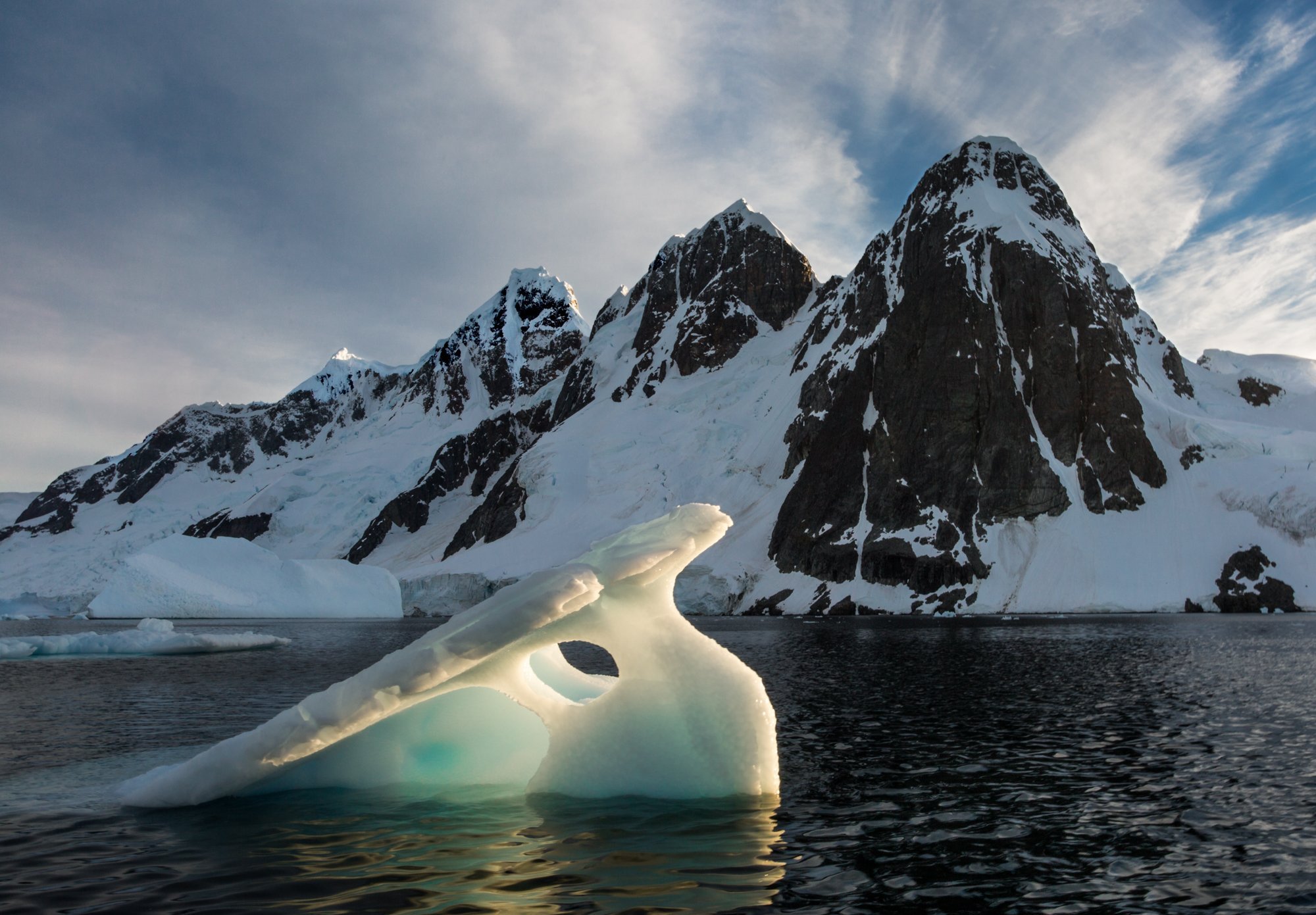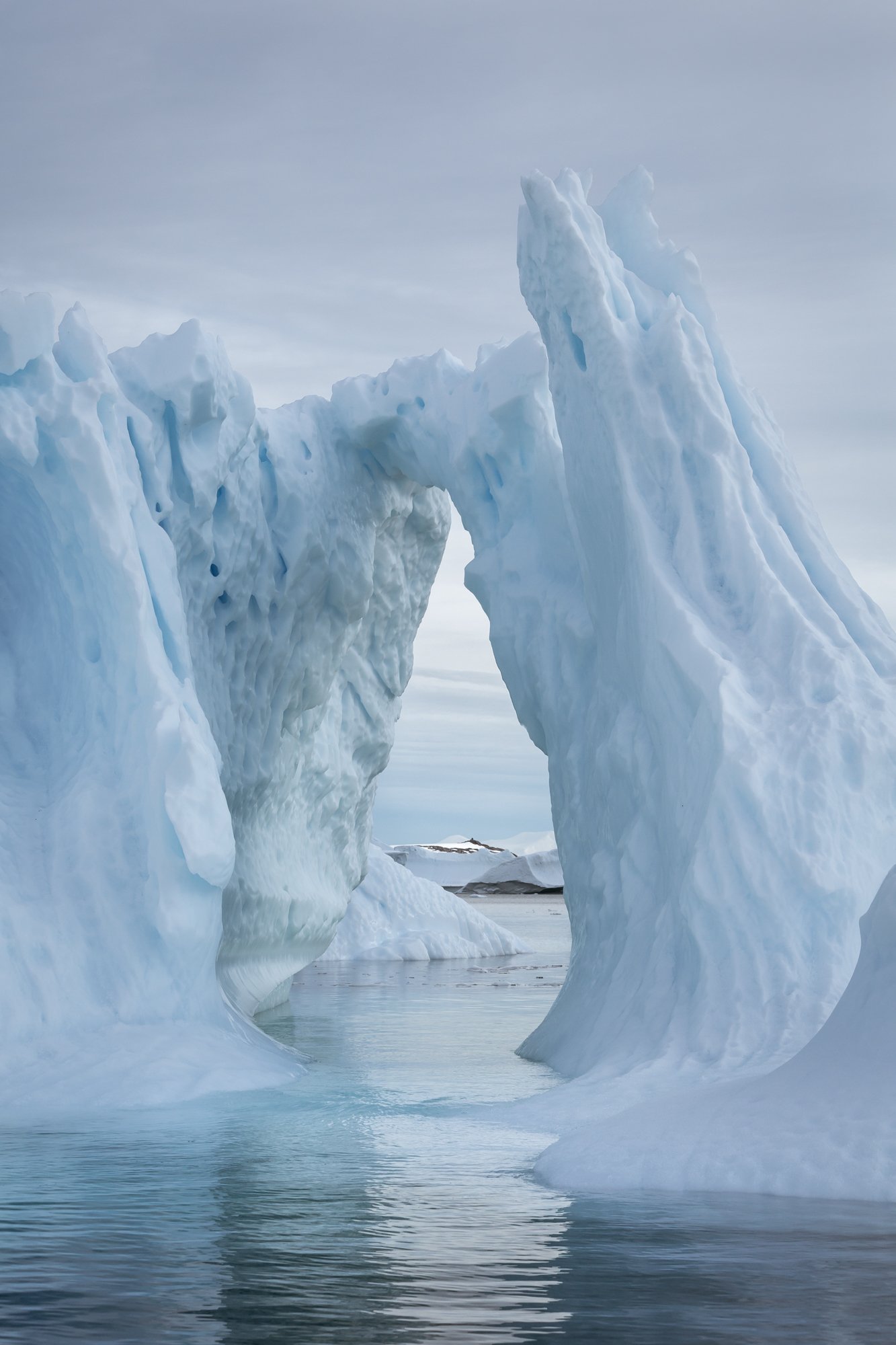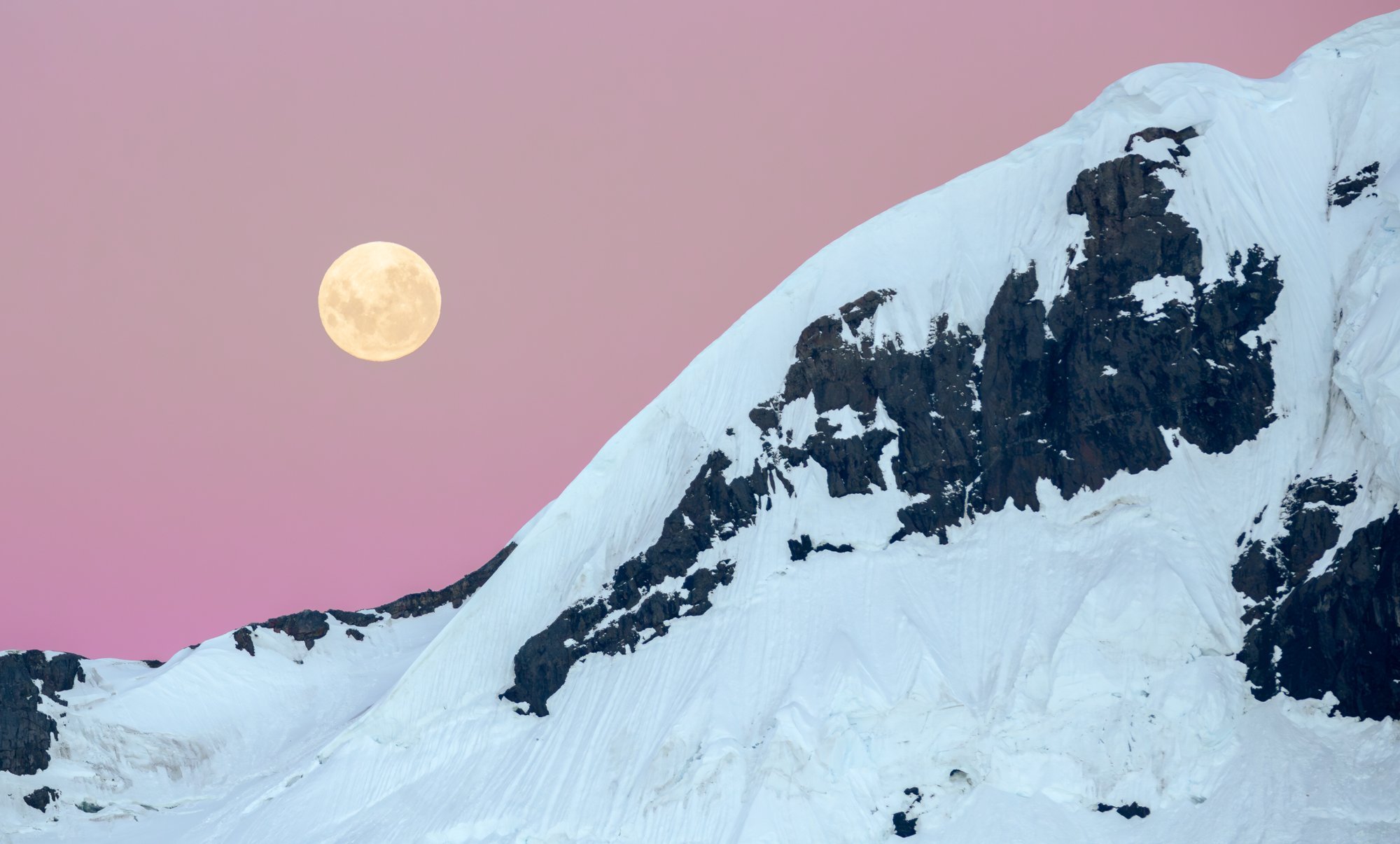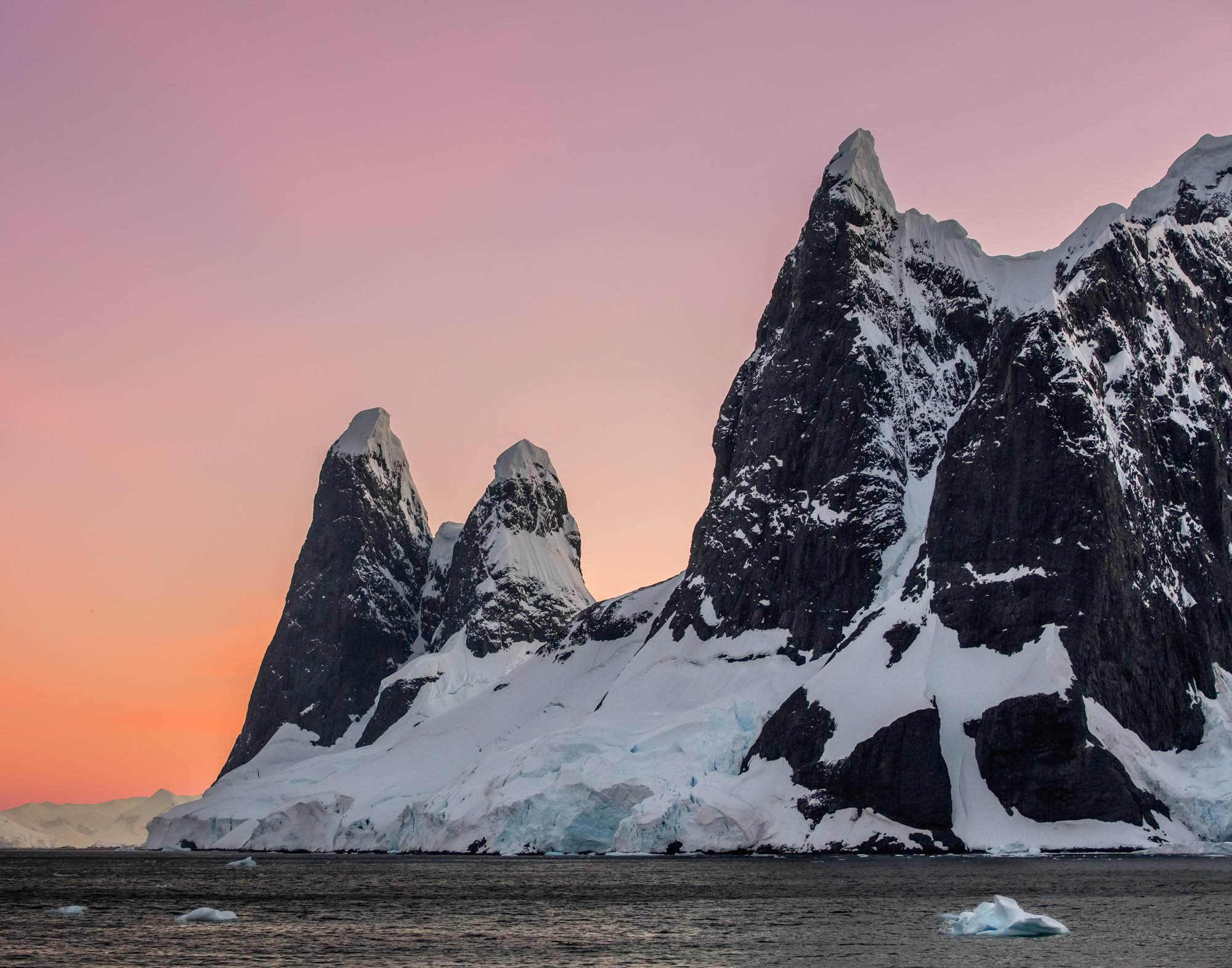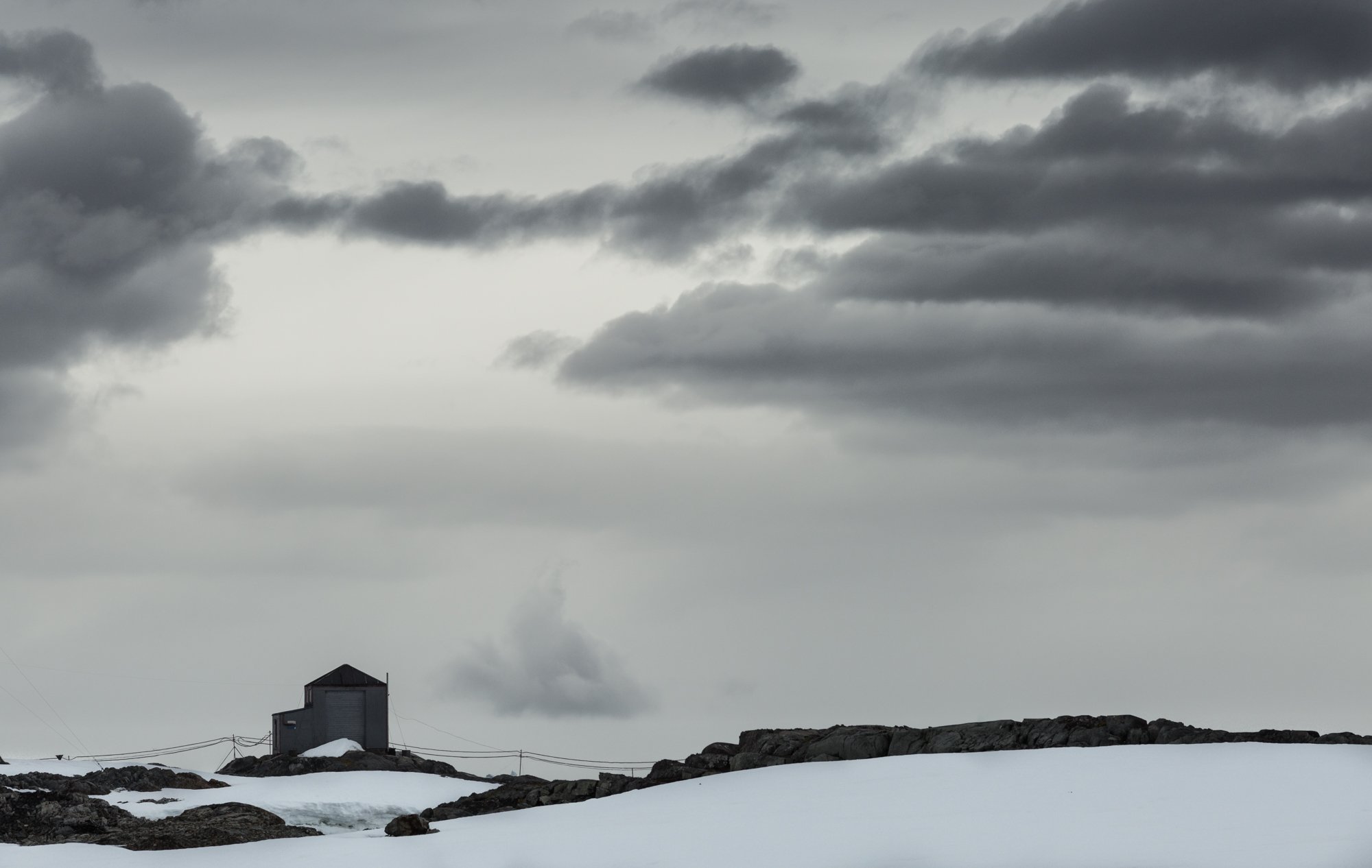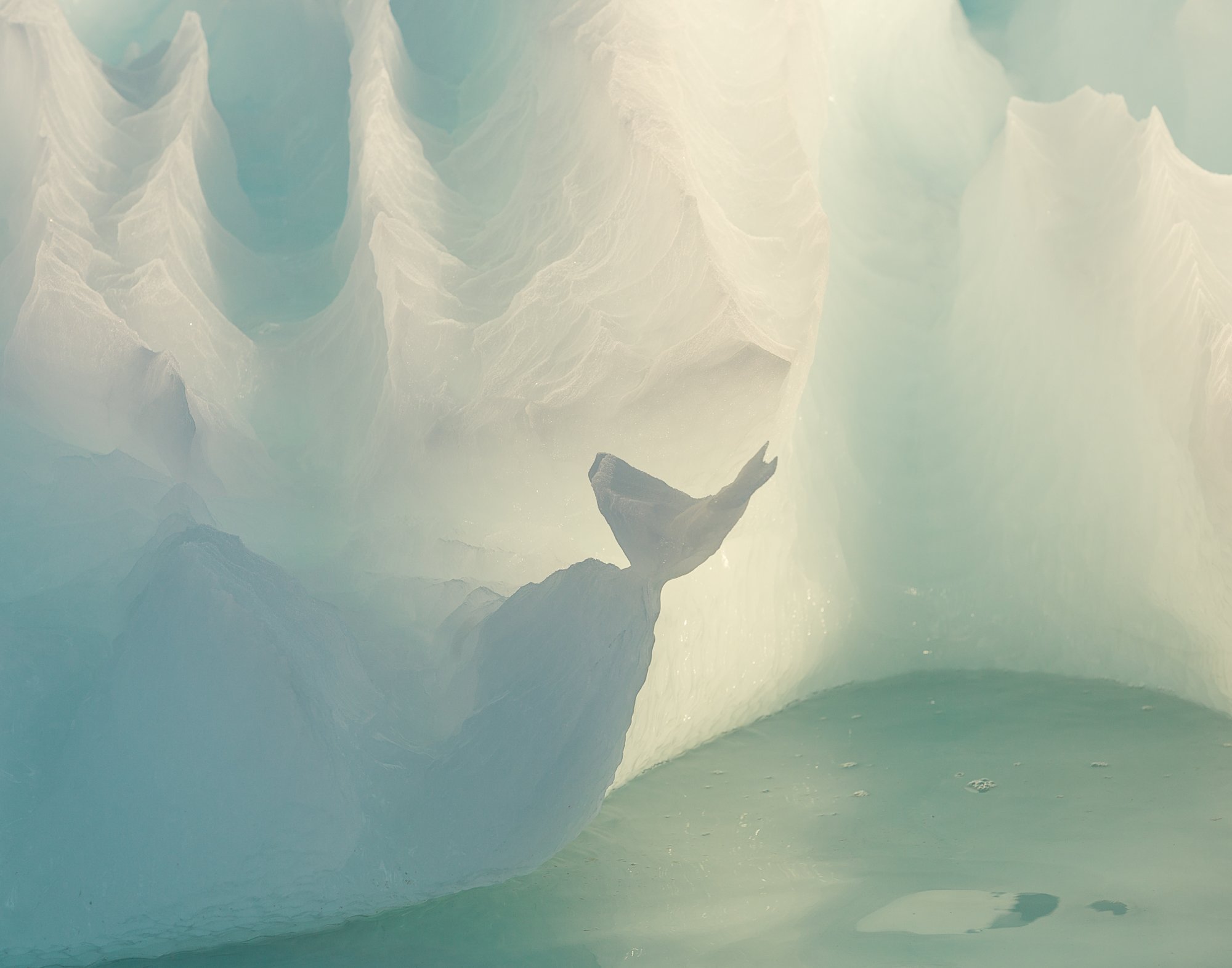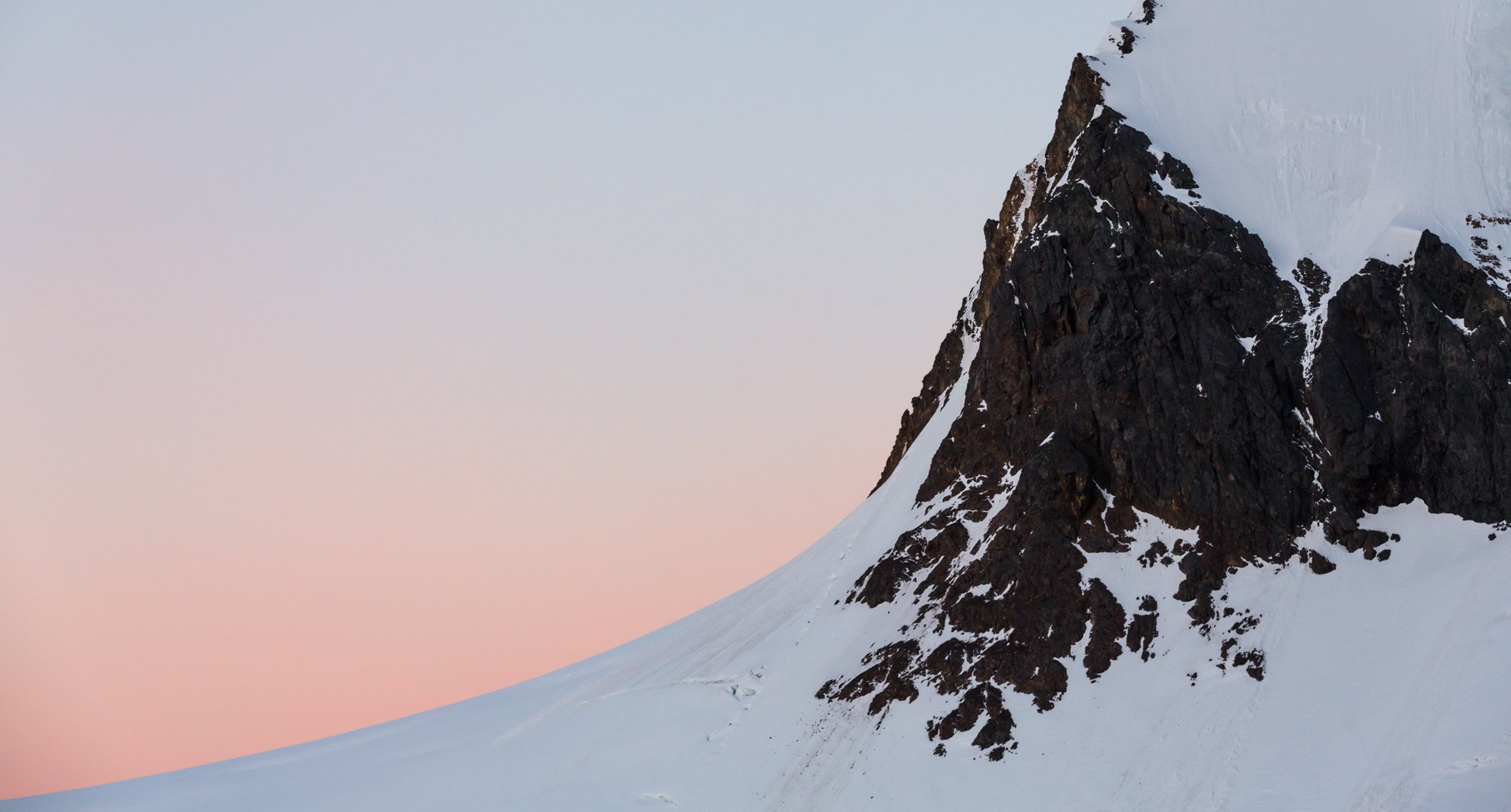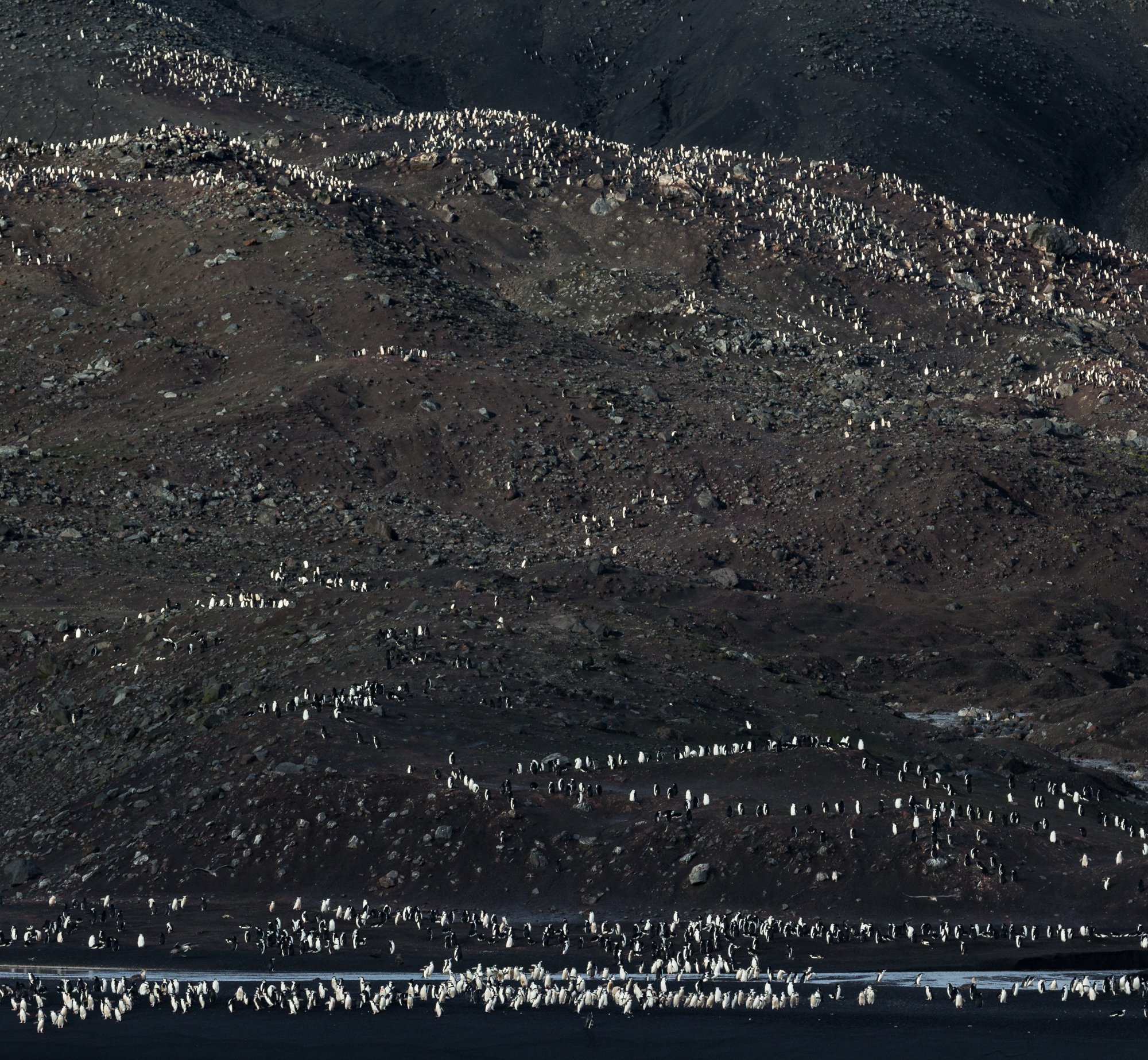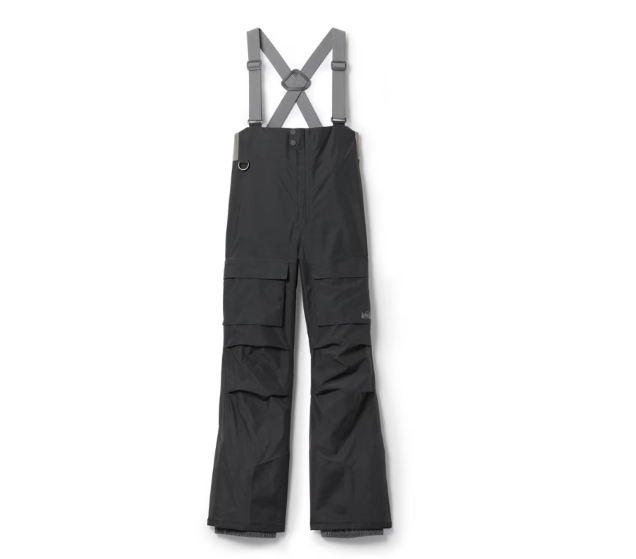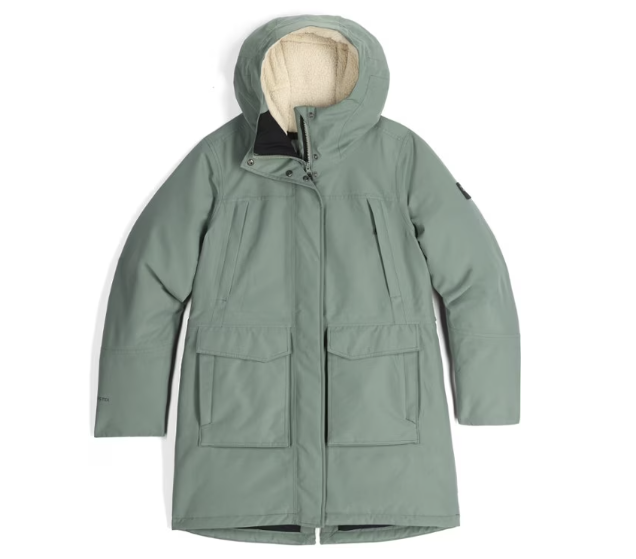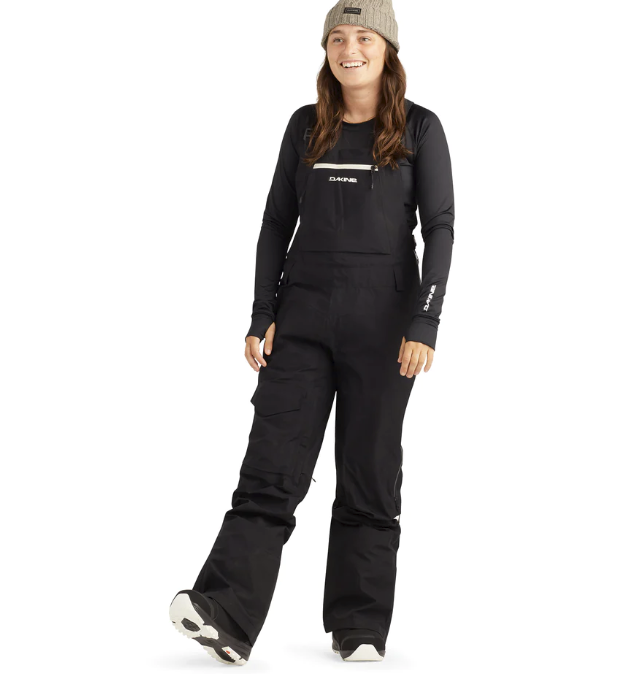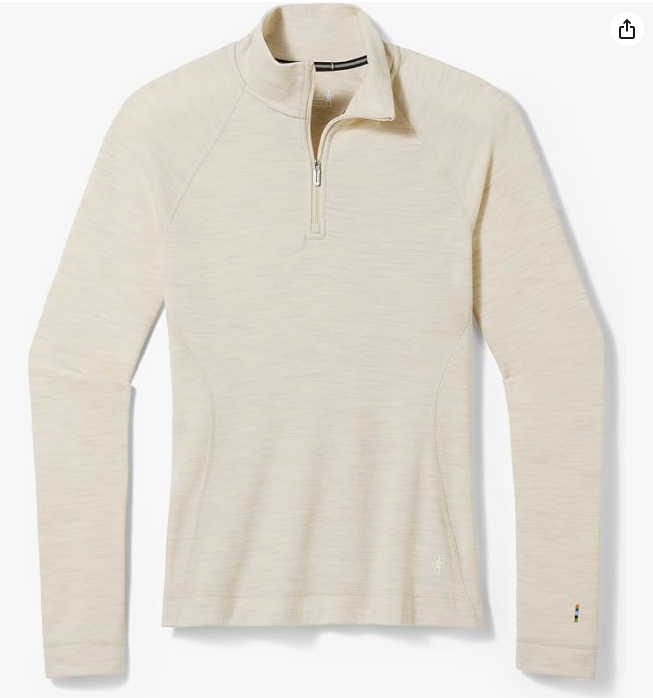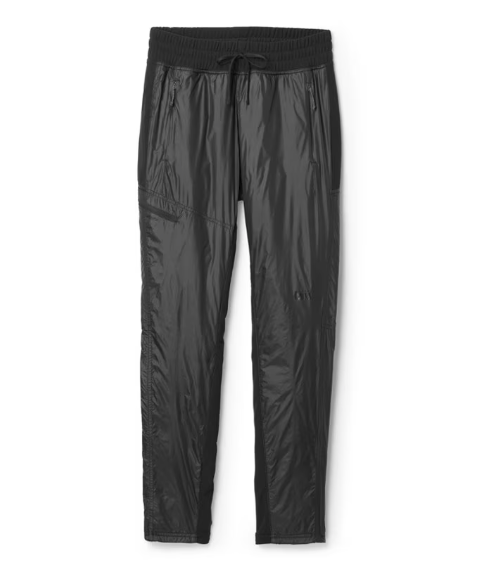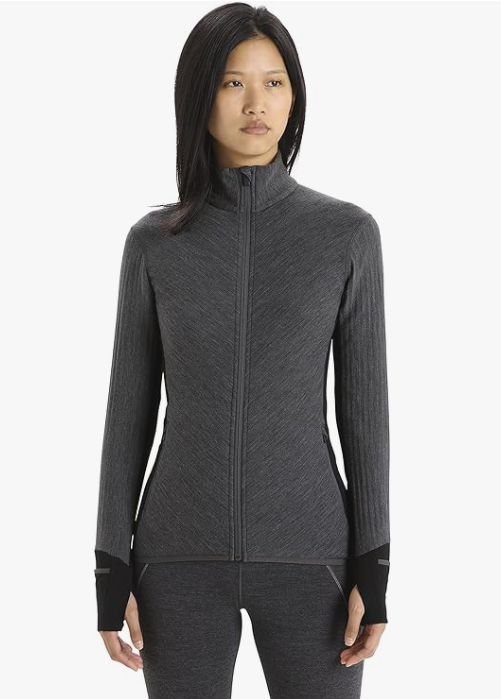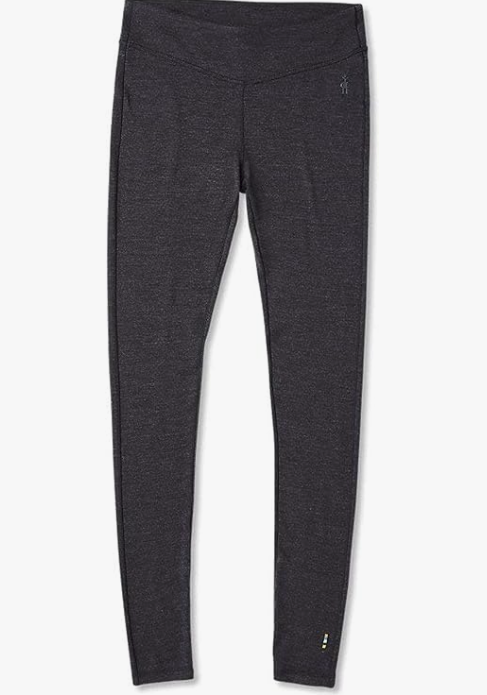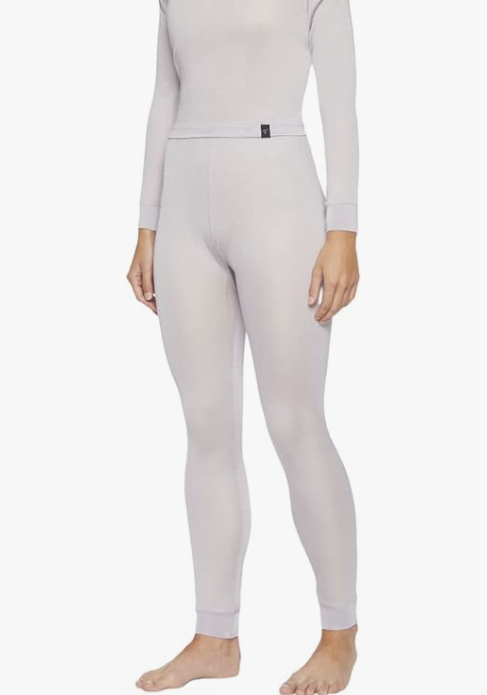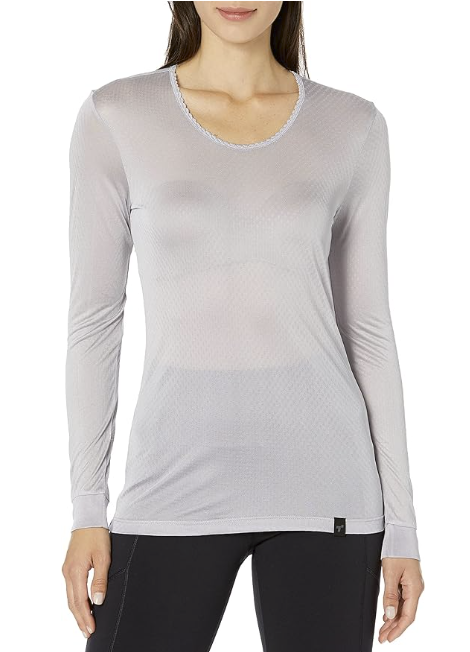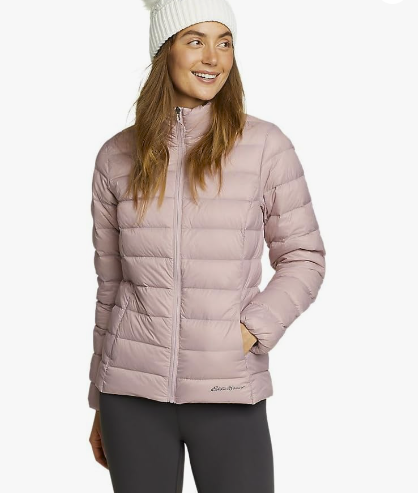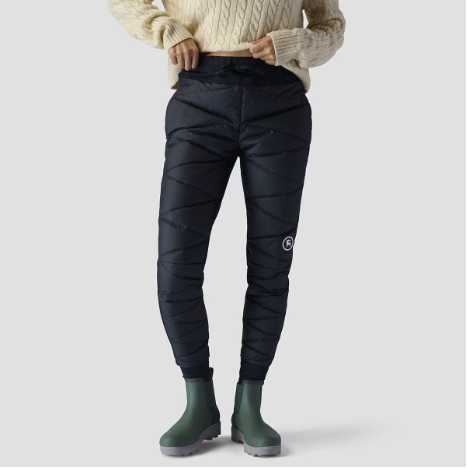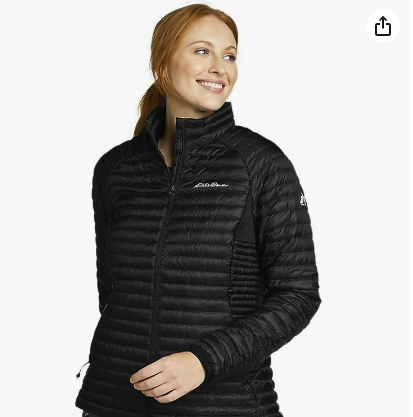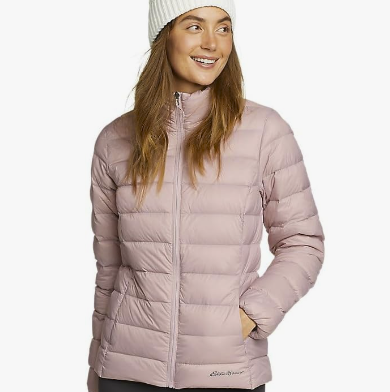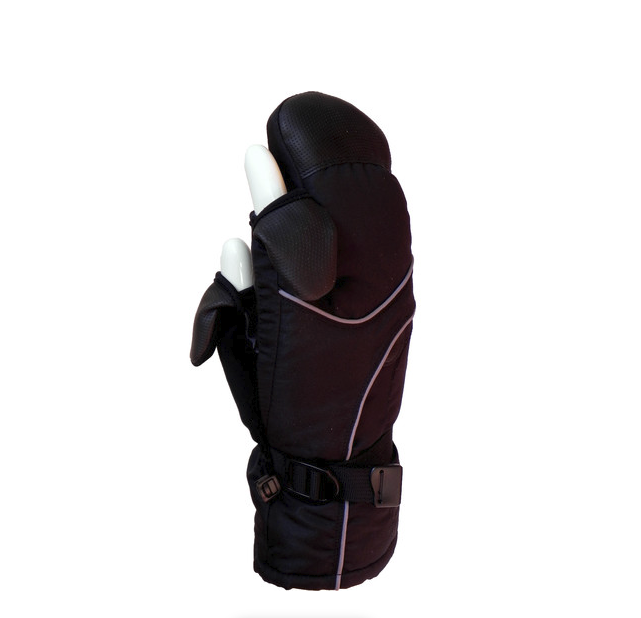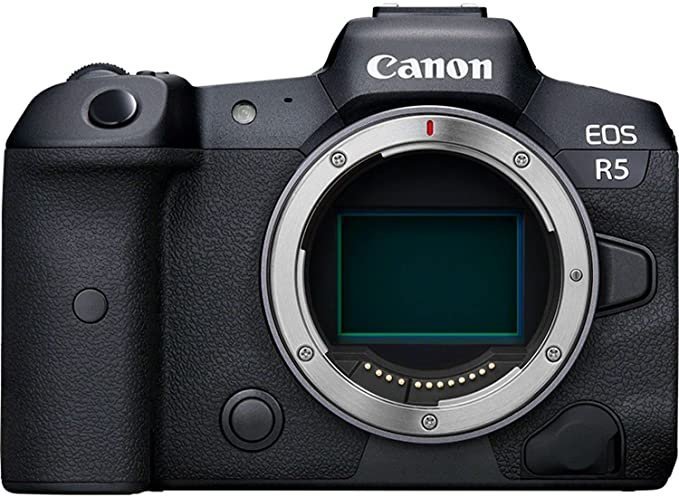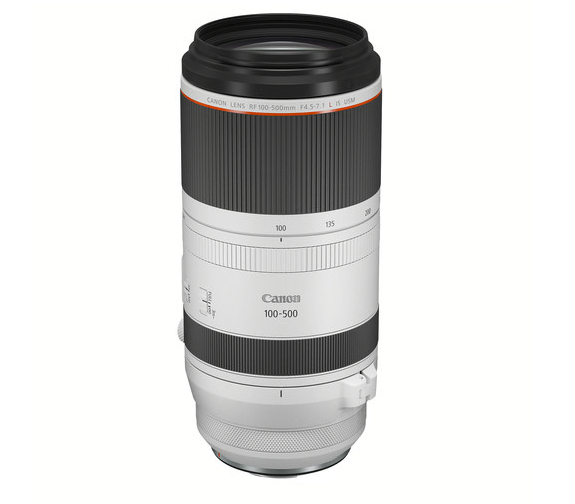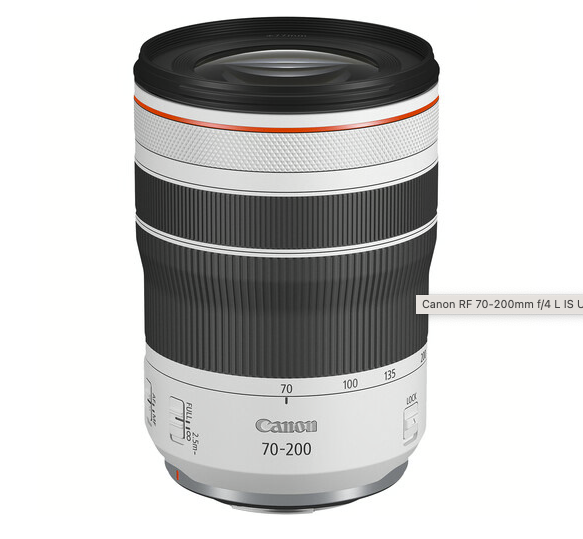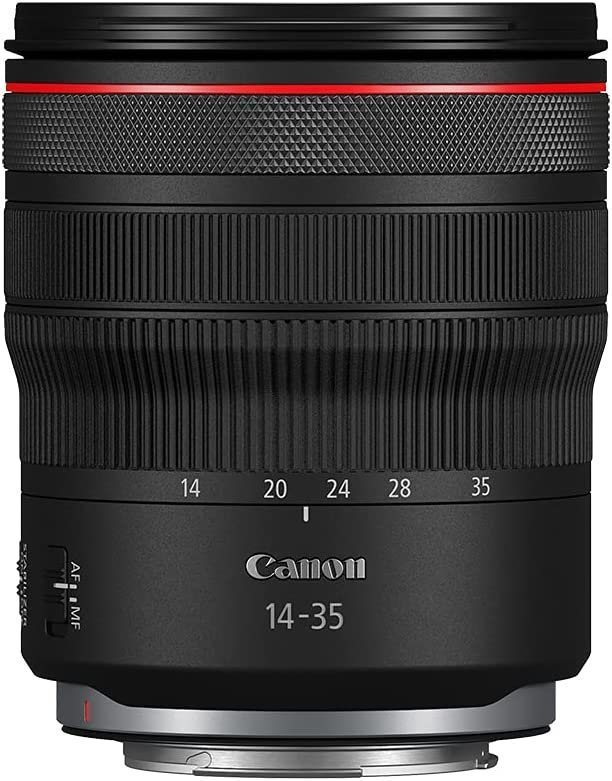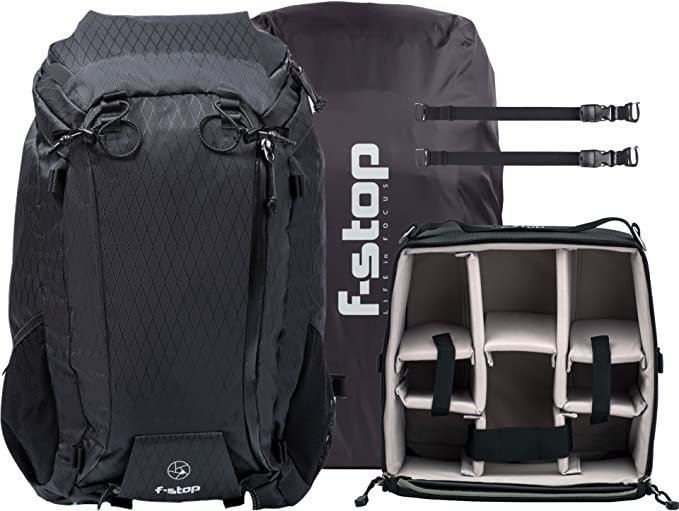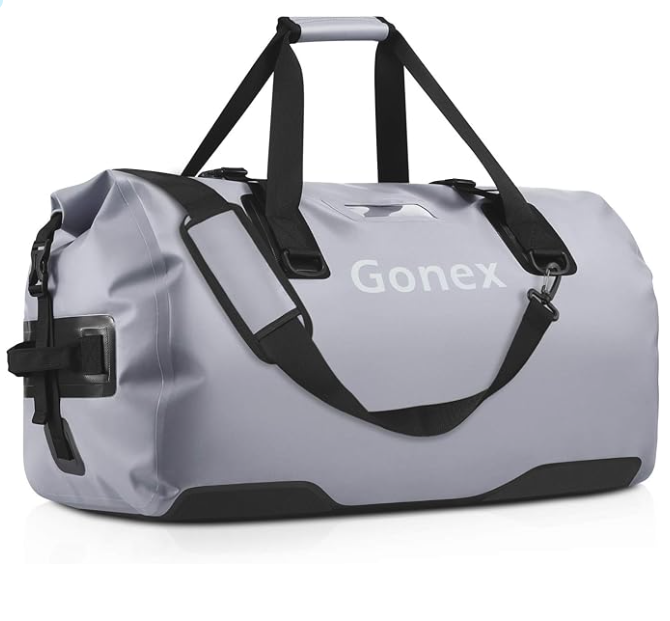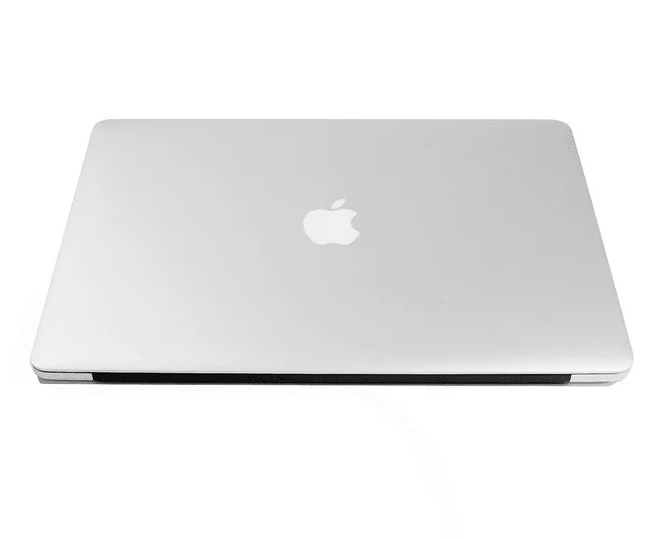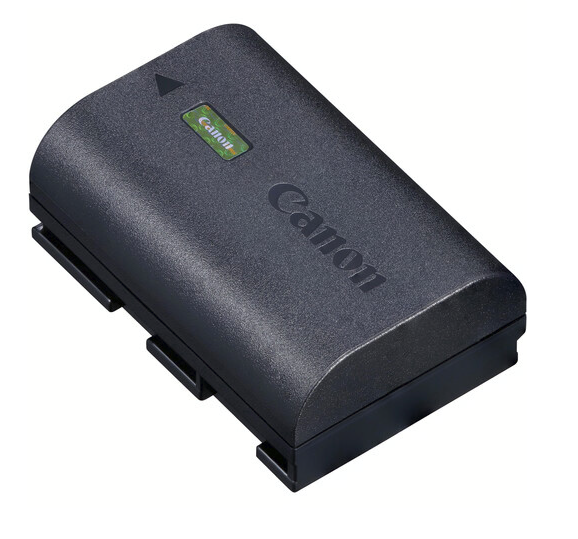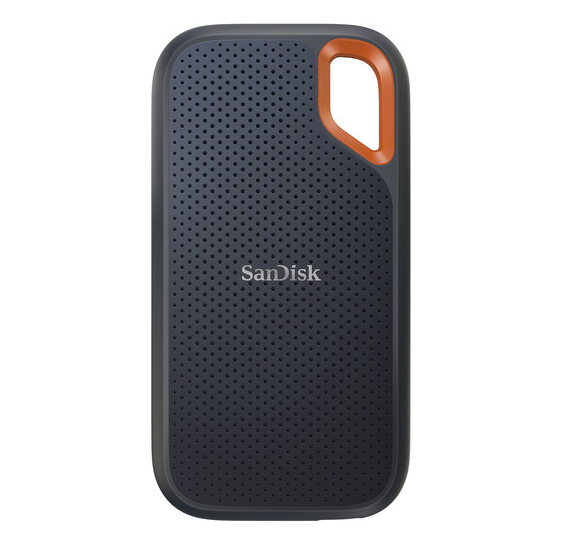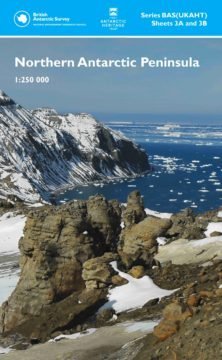Antarctica Expedition: Considerations & Packing Inventory
You may not know that I have a BIG trip coming up this month. I am returning to Terra australis incognita - the “unknown land of the south.” Antarctica. This visit will mark a full-circle moment, completing a life-changing journey that I began back in 2015 when I first visited Antarctica - I’ll share more about that personal story upon my return. For now, I want to take you along on some of the preparations and considerations involved in packing for this trip with the thought that it might be interesting at a minimum and perhaps even useful for someone else that may take this journey.
The trip is ship-based, which is really the only option for tourists to this continent. I am travelling with my fiance Sam, and we are joining our mutual friend Joshua Holko, expedition leader for the trip. I met Josh when we travelled to eastern Greenland with him a few years ago, and he is an amazing guy and a joy to travel with. He’s also one of the most talented photographers I know of in the nature genre - a polar photographer, he truly goes to the ends of the earth to connect with rare and threatened wildlife and landscapes, and he returns with remarkable, special images. To learn more about Josh and his company Wild Nature Photo Travel, I recommend you watch this video. Prepare to be amazed!
This trip will be early in the peak season, which is December and January. Weather is warmer during these months (warmer being a relative rather than absolute term!), and days are long. Summer solstice, December 21st, occurs right at the end of our trip, so days in the Antarctic Peninsula will be about 20 hours long by then! I don’t foresee getting much sleep on this trip…
Note that there are no affiliate links here, friends (Amazon cancelled my affiliate account), just links to some of the items I’m choosing for myself.
CLOTHING
This is as important as camera gear! Perhaps even more so, since without the right clothing, I can’t possibly focus on connecting with the place and making expressive, successful images. I have to be comfortable, and in Antarctica that means technical clothing that is designed for extreme environments.
The classic layered approach is critical: base-layer, mid-layer, outer shell and what I call the small things - gloves, beanies, neck gaiters, etc.
BASE-LAYER: I like to start with wool and silk base layers - leggings and quarter zip top. Wool is very lightweight yet remarkably warm, and it doesn’t get stinky (important on an expedition when you have limited access to laundry). I’m sometimes sensitive, though, and prefer silk next to my skin, so on this trip I’m taking a super lightweight silk base with a second midweight wool base on top of that.
MID-LAYER: I’m packing a few options for this layer. I found this really great down pant option from Backcountry that isn’t too bulky but will add a lot of warmth on cold days (or less cold days, I may just add a second wool legging layer, though). These pants will work as a cozy layer aboard the ship, too, so double-duty. On top, I have a few choices - for less cold days, a full zip merino wool jacket (no hood). For colder days, a down jacket - 700 or 800 fill. I have a number of these, with hoods, without, snaps, zipper. Lots of choices here. Make it warm and lightweight, though.
OUTER SHELL: This is the layer I struggle the most with. It’s critical that it be windproof and waterproof. This in in itself is easy to find - it’s just really pricey. So I’m always looking for ways to save. For this trip, I am bringing two outer shell pants options, both bibs. I like bibs because they’re more comfortable without any waistband pinching me, and I also don’t have to worry about cold draughts or water sloshing in under my jacket on the Zodiac boat. Specifically, I have Gore-Tex bibs - one from Dakine and the other from REI. Neither is insulated - and this is because I like to use these right here in the Appalachians, so going with no insulation in the shell gives me much more flexibility in terms of where I can use them, and the seasons I can use them in. These babies run upwards of $300 or $400, so I need to get a lot of utility out of them to justify the price. On top I have bought a new coat for this trip, and I’m very, very happy with it. I recently bought a down jacket from Outdoor Research, and I love it so much, I decided to try a parka for this trip. I wanted Goretex with down - for warmth and waterproof/windproof properties. I like something longer than a jacket, because, well, I like to have a warm tush. This one fits all my requirements, and I now know that this is a quality brand. i also love the color - not a fan of intense, vivid color or black, and this lovely soft green spoke to me.
SMALL THINGS: I’m taking a couple of warm beanies, a synthetic fleece neck gaiter, a synthetic fleece balaclava, and gloves. No arctic rubber boots, since the ship will provide these for me. Gloves are critical for me as I have issues with Raynaud’s disease, so I have to think about this carefully. I definitely need a liner glove and a waterproof, windproof insulated outer glove. I’m trying something new this trip - something called a finger-mitten. Mittens are generally warmer than gloves, but for camera operation, I need to have my index finger free. I found a company called Freehands that makes a mitten that has thumb and index finger separate from the rest of the mitten. And there are slits in the fabric that allow you to poke your finger and thumb through for dexterity. So my plan is to wear liners inside of the finger-mittens, and see how that goes. If I have issues, I have a beefy pair of arctic gloves from Columbia as backup.
CAMERA GEAR & OTHER THINGS
I recently upgraded almost all of my camera gear to a mirrorless setup (to read about it, click here). I’m using a two-body Canon R5 system, with some additions since my last blog post about gear.
For me, there’s not a whole lot to think about when it comes to what gear to pack for a trip such as this. I’m packing it all. Unlike my first journey to Antarctica, when I flew across the Drake Passage and was subject to some very strict weight restrictions as a result, I have no weight limits on this trip. So I’m bringing everything. I do not have a complicated or extensive kit, because I can’t carry more than I need, I’m just not able for the weight. So “everything” translates to a fairly basic pro kit.
Canon R5 Body x 2 - Two bodies are required in this environment, in case one bites the dust. It’s a non-negotiable. I considered bringing three 😳 so I could minimize lens swaps, but as I said above, I’m just not able for the weight. So two it is. My general approach is to dedicate one body to longer focal lengths, and the other to shorter focal lengths.
Canon RF 100-500mm f/4.5-7.1 - this is a new acquisition, and will give me (most of) the reach I need for the distant landscapes. The scale in Antarctica is mind-blowingly huge.
Canon RF 70-200mm f/4 - this is one I’m renting. I am still using my old EF f/2.8 version of this lens at home, and with the mount adaptor, it is large and extremely heavy. So I elected to go with the lightweight and compact f/4 RF version so I can suffer a little less (arthritis in my hands …). This was very affordable to rent for a month - just about $200. Looking back at my catalog from the 2015 trip, I took most of my successful images with this focal length range, so I want to be well equipped for this trip.
Canon RF 24-70mm f/2.8 - good multi-purpose lens, especially ashore for capturing penguins in their environment.
Can RF 14-35mm f/4 - for certain grand landscapes, and mainly icebery portraits from the Zodiac boats. I wish I had even wider, though.
Many, many batteries, I think I have 10 now.
Multiple SD cards.
Backpack
Waterprooof bag to protect the backpack whilst aboard the Zodiac boats. I use a Gonex bag, fully waterproof with backpack straps and a huge gaping opening to lay my backpack down into it.
No tripod - I’m almost certain at this point that I’m not taking a tripod. I took it last time, and it was a total liability in the Zodiac boats. And I ended up using it a couple of times ashore, that’s all.
Laptop
External hard drive for backups.
Books and maps - I’m a geography nerd, what can I say.
I’ll probably find more things to bring - I’m currently considering my Lensbaby lenses because I’d love to get really creative down there. But that covers almost everything I’ll pack. If you find this information useful, or if you have questions, I’d love to hear from you! Email me at hello@michelesons.com any time. Thanks for reading this far!
If you’d like to be notified of future content like this, sign up for my newsletter below. Subscribers have access to my FREE eBook, and I never send spam or share your email address with anyone else.


